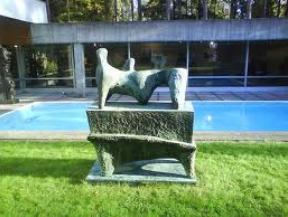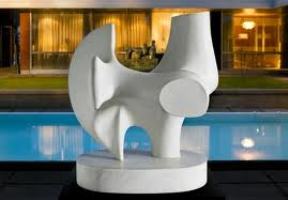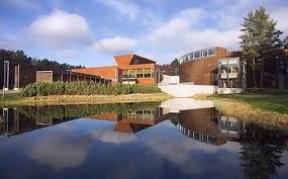{mosimage}The Kunsthalle Helsinki Studio (Nervanderinkatu 3) hosts until March 30th the results of a very interesting project developed in 2007 by Julie Myers.
T
o travel somewhere was developed as a phone/walking project involving San Francisco, Cambridge and Helsinki, where the artist started a journey by asking passers-by about their favorite places in the city. Following indications that directed her to swimming pools, bars, parks, museums, markets Myers collected images, videos, sound files and texts on her mobile and developed itineraries for the three ciries. the material was then loaded onto the project website ( http://www.julie9.org ) and given GPS coordinate so that the itineraries could be traced on a world map.
The result is a vivid emotional portrait of each city, and the chance to discover places through the memories of other people, a portrait that reveals what we consider important marks in our daily life environment and landscape. The exhibition comprises the seven videos taken in Helsinki and the website, where the walks in the other cities are visible, thus offering the possibility of discoverig emotional similarities among the three quite different cities.
Kunsthalle Helsinki (www.taidehalli.fi), until March 30th


